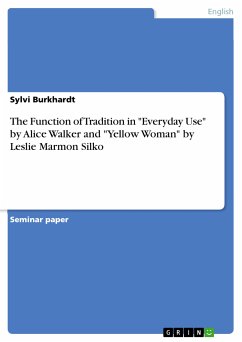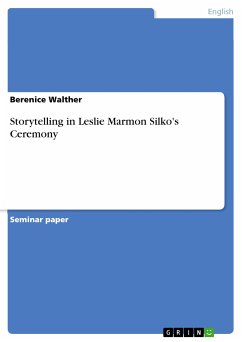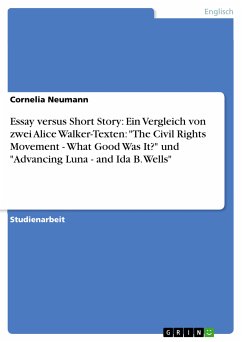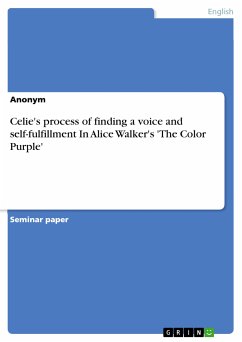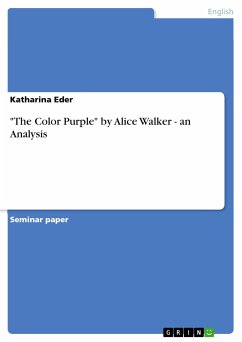Seminar paper from the year 2000 in the subject American Studies - Literature, grade: 1,3, University of Dusseldorf "Heinrich Heine", language: English, abstract: Tradition is a simple and abstract word, but it contains a vast amount of important connotations, among them culture, identity, knowledge, advice and emotions. I have chosen the field of African American tradition and Native American tradition to present different views on tradition and tradition awareness. To give a more detailed and concrete analysis I will use the short stories ”Everyday Use“ by Alice Walker and “Yellow Woman“ by Leslie Marmon Silko. In “Everyday Use“ I will mainly point out what tradition means to the characters Dee, Maggie and Mrs. Johnson. With the help of the story, I will prove both the antagonistic relationship and the parallels between Dee on the one side and Mrs. Johnson and Maggie on the other. Then I will focus on the importance of the traditional quiltmaking and the conflicts it brings up among the family members. The short story “Yellow Woman“ includes important aspects of the Native American culture such as the Trickster figure or the element of oral narration. So I will present the character Silva as a Trickster figure and describe the importance of oral tradition. Then I will continue with the protagonist’s inner conflicts concerning her identity. The last chapter concludes by comparing the attitudes of the shortstories‘ characters and gives perspectives.

